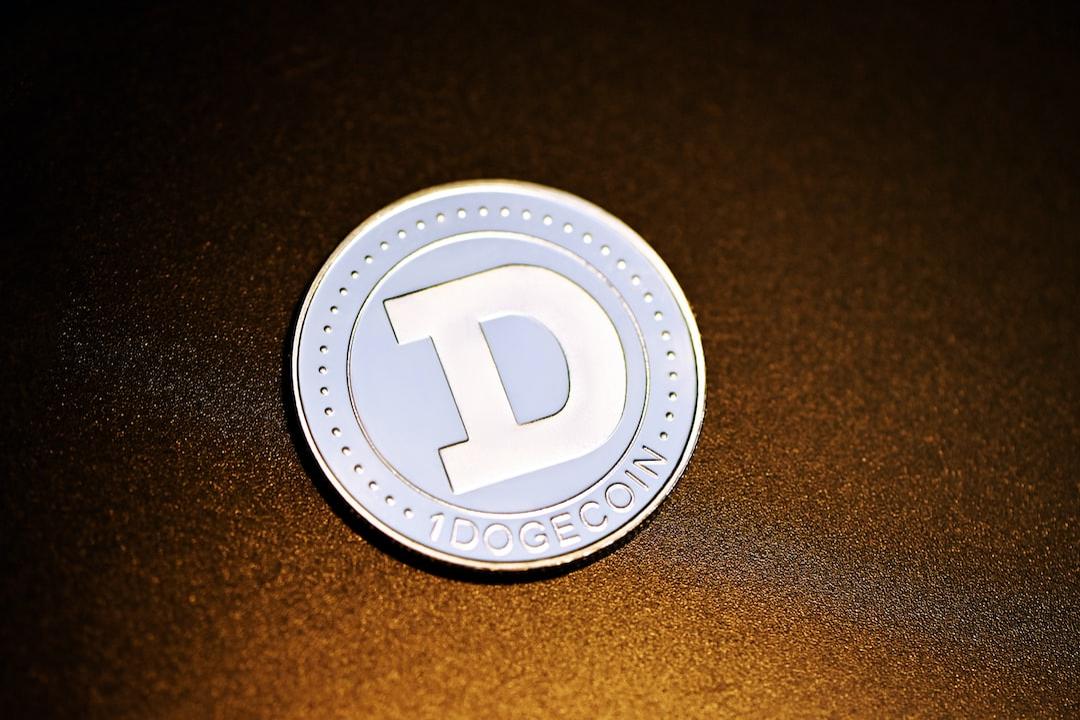US Treasury Report Stablecoins Increase Demand for Treasury Securities Requiring Strict Regulation
The U.S. Department of the Treasury stated in a new report that the growth of digital assets is primarily driven by the use and popularity of stablecoins, which has created a demand for short-term Treasury bills. The adoption of “high-beta” Bitcoin and cryptocurrencies by institutions may also lead to an increased demand for safe-haven assets in government bonds in the future. However, the report also pointed out that stablecoins will need to be regulated like narrow banks or money market funds.
Rapid Growth of Digital Assets, with Stablecoins Being Particularly Important
On Wednesday, the U.S. Treasury released a 132-page report prepared for the Treasury Borrowing Advisory Committee, with a section dedicated to discussing digital assets. The report indicated that while the base is small, digital assets are growing rapidly, stemming from native cryptocurrencies like Bitcoin and Ethereum, as well as stablecoins. It specifically mentioned stablecoins, particularly the leading stablecoin, Tether. Currently, the most common type of stablecoin in the market is fiat-backed stablecoins, most of which are collateralized by U.S. Treasury bills and Treasury-backed repurchase agreements, with an estimated total of $120 billion in stablecoin collateral directly invested in U.S. Treasury bills.


Learning from History, Stablecoins Need to Be Regulated
Although stablecoins typically hold substantial amounts of U.S. short-term government debt as collateral, this is not mandatory. Nonetheless, the report characterized stablecoins as a form of private on-chain currency, drawing a parallel to traditional financial money market funds. It cited two historical instances to emphasize that stablecoins need to be regulated like narrow banks or money market funds.
The Wildcat Banking Era
Before the establishment of a central currency authority, banks in the U.S. issued their own banknotes, which were often under-collateralized, leading to bank runs and frequent trading at a discount in the secondary market. To address these issues, most state governments required banknotes to be collateralized one-to-one with government bonds. However, the difficulty in exchanging various currencies prompted the passage of the National Banking Act in 1863, ultimately leading to the dollar becoming the only circulating national currency.
The 2008 Money Market Fund Run
Major money market funds experienced significant runs during the 2008 financial crisis, as the prices of short-term commercial paper fell, undermining confidence in the ability of these funds to meet redemptions. A similar situation occurred again in 2020 when commercial paper prices plummeted once more. The report emphasized that so-called “risk-free” investment instruments can only be truly risk-free if supported by actual risk-free collateral (such as short-term U.S. Treasury securities).
Regulation of Stablecoins
History has shown that stablecoins cannot effectively operate as private currencies and ultimately require strict regulation like narrow banks or money market funds to ensure they maintain risk-free collateral. Despite recent improvements in the collateral backing stablecoins, significant risks remain. In recent years, stablecoins have frequently faced runs, resulting in the loss of their peg to the dollar or complete collapse. A collapse of major stablecoins like Tether could lead to a rapid sell-off of the U.S. government bonds they hold, highlighting the necessity for regulation to prevent the pressures in the stablecoin market from spreading to broader financial markets and the government bond market
